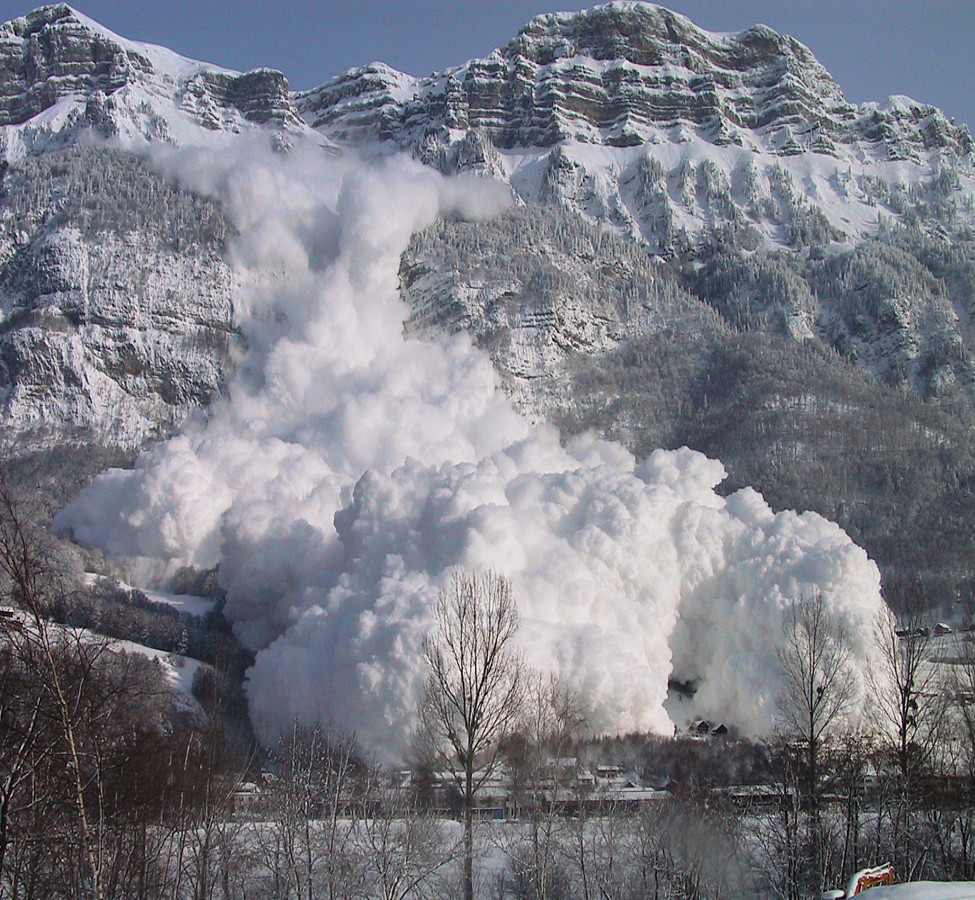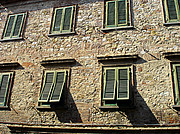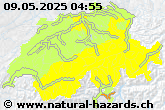Heat wave
Heat or a heat wave is defined as a period of several consecutive days where the air temperature exceeds 30°C.
Heat waves in Switzerland
Summer weather in Switzerland is mainly influenced by the prevailing westerly airflows. Heat waves can occur in Switzerland if the west winds are blocked as a result of very strong almost stationary high pressure areas and a warm airflow arrives from the south.
In 2003, this meteorological situation led to what was probably the hottest summer for 500 years in Europe. The summer temperatures were 3 to 5 degrees above average across a wide area. Record temperatures were also recorded in Switzerland – for example on 11 August: 41.5° C at Grono station (Graubünden). An extraordinary period of drought also occurred between February and November.
This heat wave led to an increase in the number of deaths in Switzerland, in particular among old and sick people and those in need of care. The main cause was the high ozone concentrations, heat-related circulation problems, heat stroke and dehydration. The environment also suffered under the extreme weather conditions. Many plants were severely damaged due to the high ozone concentrations, lack of rain and insufficient soil humidity. The dry vegetation also favoured the spread of forest fires like that in Leuk in August 2003. Agriculture recorded significant losses.
Due to climate change, more heat waves must be expected in the future. In the case of weak warming, heat waves like that of 2003 will remain rare, however in the case of medium to strong warming, they could arise every few decades or even every few years (OcCC, 2005).




